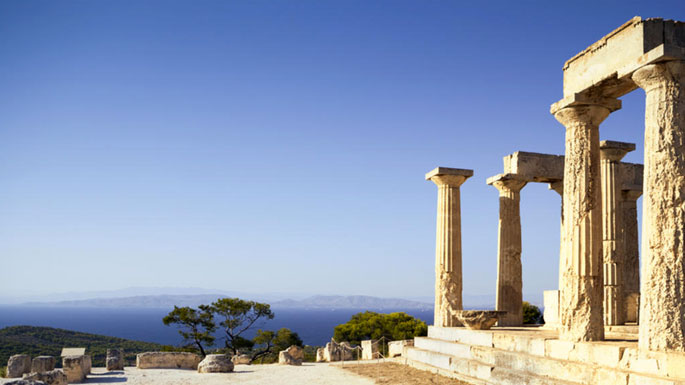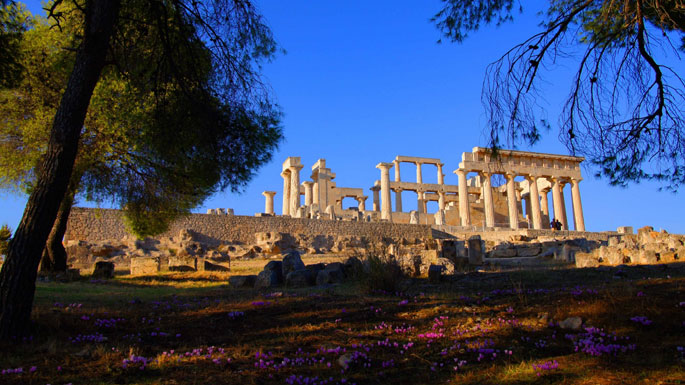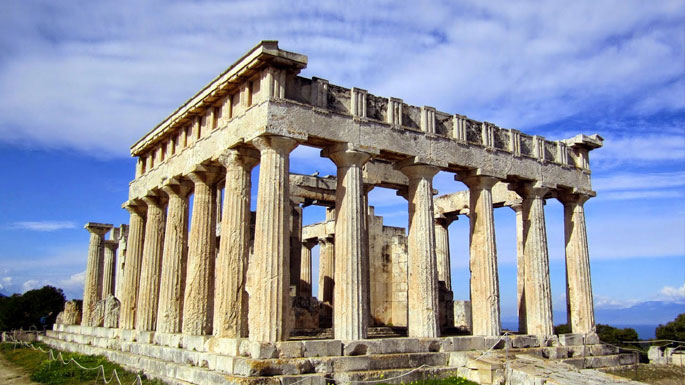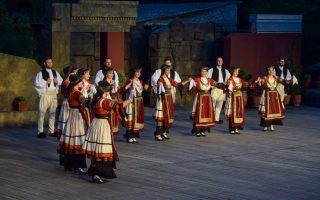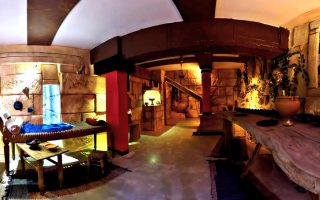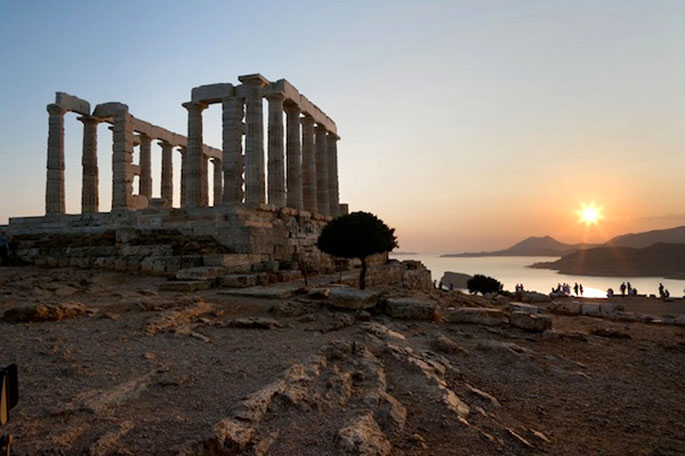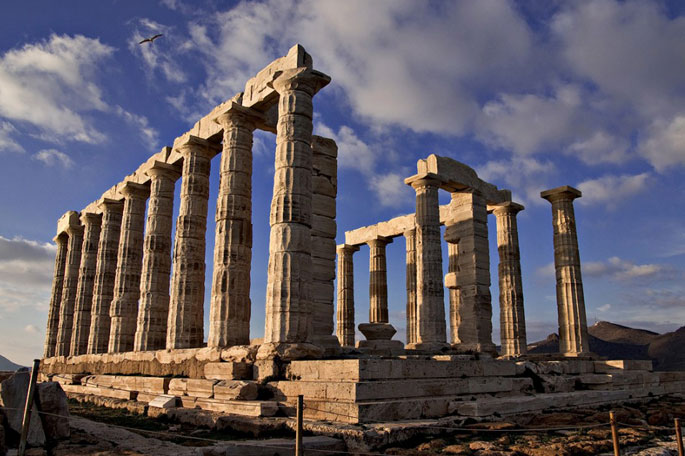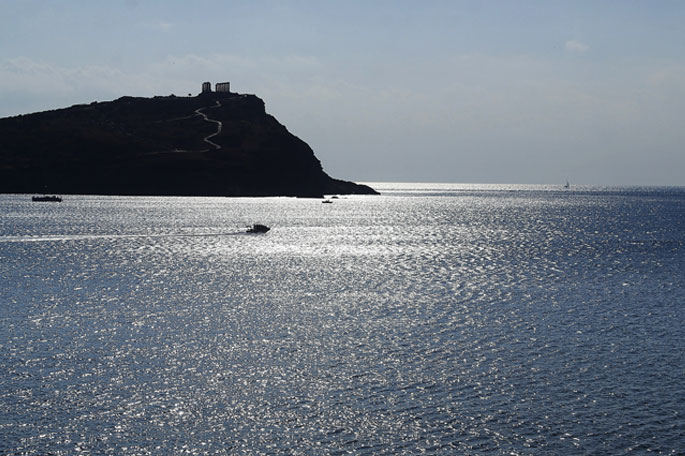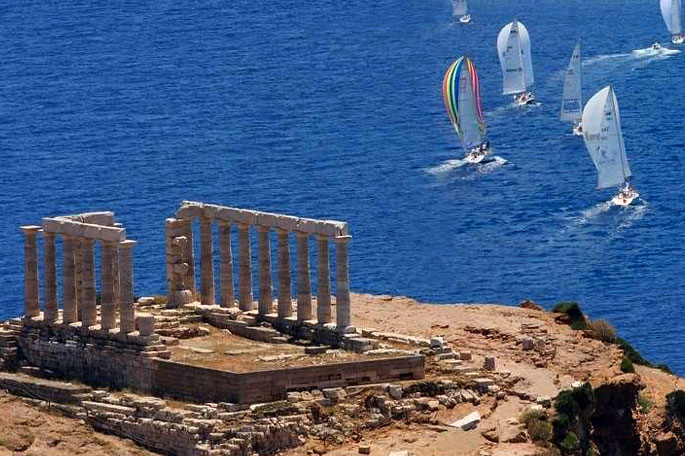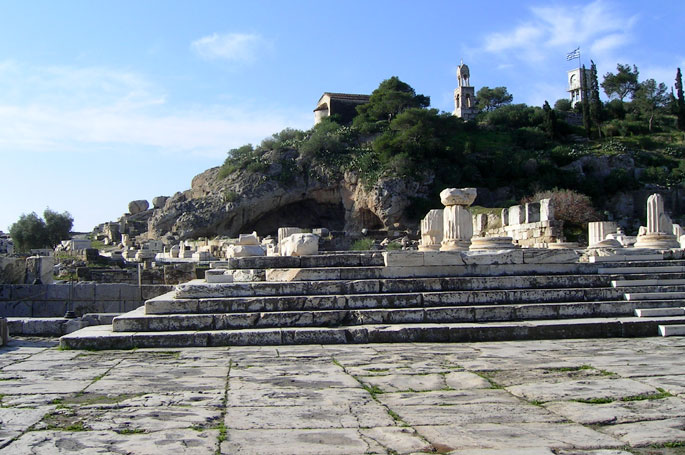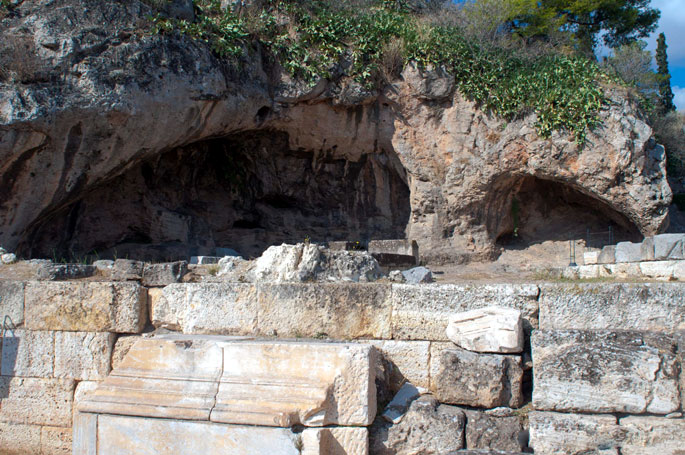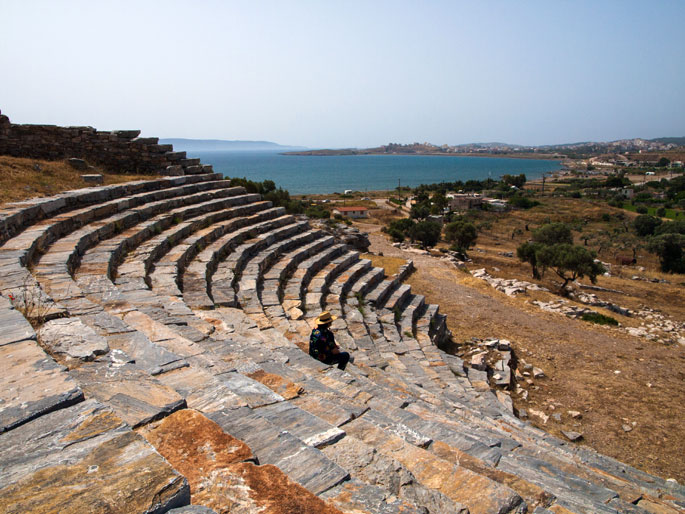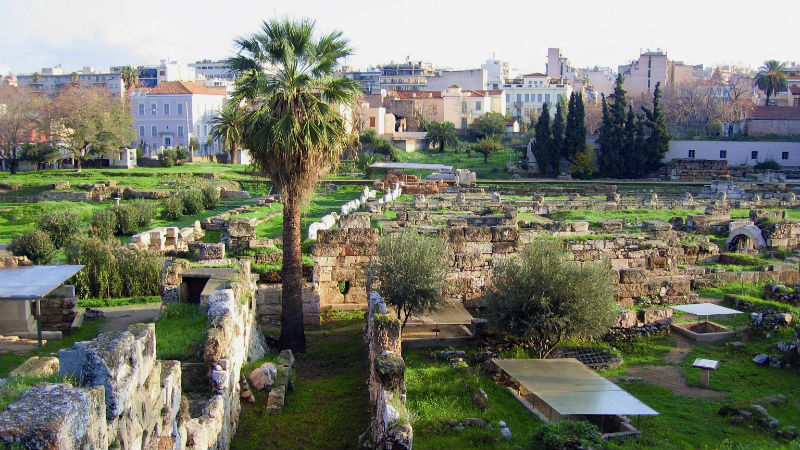 From its perch atop a pine-covered hill on the island of Aegina, the imposing temple of the Afaia watches over the sea. Built in the early 6th Century to replace an earlier Doric temple, this well preserved structure, located on the northeast side of the island, is dedicated to Afaia, a deity related to the Cretin goddess, Britomartis-Diktynna.
From its perch atop a pine-covered hill on the island of Aegina, the imposing temple of the Afaia watches over the sea. Built in the early 6th Century to replace an earlier Doric temple, this well preserved structure, located on the northeast side of the island, is dedicated to Afaia, a deity related to the Cretin goddess, Britomartis-Diktynna.
The original, Doric-style structure was built from local limestone, with a double internal colonnade and a pitched roof with tiles made of Parian marble.
Its gables are now on exhibit at the Munich Sculpture Gallery. Made of marble, they depict themes from the Trojan War, featuring local heroes, like Telamon, son of Eakos. The western gable is archaic, dating from the late 6th Century B.C., while the eastern gable features more recent, classical elements from the early 5th Century B.C. Ancient tradition has it that the Temple of the Aphaia, along with the Acropolis and the Temple of Sounion, align to form a triangle.
Source: www.athensattica.gr
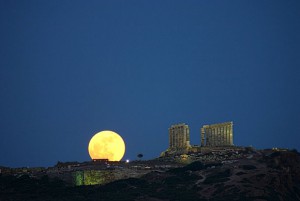 The majestic Temples of Poseidon and Athena stand on the rock of Cape Sounion, at the southern tip of the Attica peninsula, their sheer size and beauty causes admiration, whether viewed by sea or land. Used by the Athenians as a place of worship, as well as a fortress guarding the commercial seaways of the Aegean Sea, the Temple of Poseidon could be seen from afar by ships approaching the cape.
The majestic Temples of Poseidon and Athena stand on the rock of Cape Sounion, at the southern tip of the Attica peninsula, their sheer size and beauty causes admiration, whether viewed by sea or land. Used by the Athenians as a place of worship, as well as a fortress guarding the commercial seaways of the Aegean Sea, the Temple of Poseidon could be seen from afar by ships approaching the cape.
According to the ancient Greek mythology, King Egeas committed suicide here, leaping to his death after seeing the ominous black sails of his ships returning home from Crete. Cape Sounion is one of the most photographed landscapes in Greece, and the view from the site is exquisite, day or night, but especially in the evening during a full moon. The monument attracts millions of Greek and foreign visitors.
Source: www.athensattica.gr
One of the most important archaeological sites in Greece, Eleusis graphically displays the vast history of this residential area. Inhabited since the Middle Helladic era, it is renowned for the Eleusinian Mysteries, and Aeschylus, greatest of the tragic poets. As far back in time as ancient Mycenae, the destiny of Eleusis has been linked to Athens.
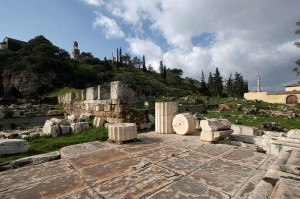 A number of major monuments occupy this site, including: The Sacred Yard, the ancient area of gathering of the believers, and the outmost destination of the Sacred Road; the Great Propylaea, its Doric order entrance, a replication of the Mnisseclean Propylaea of the Acropolis in Athens; the Small Propylaea, displaying an Ionic order entrance; the Telesterion, site of the Palace and worship of adytum; the Triumphant Arches, Roman copies of the Arch of Hadrian in Athens; the Kallichoron Well, where, according to myth, Demeter sat during her quest for Persephone; the Ploutonion, a sacred cave with an entrance to Hades; and the Mycenaean manor, a rectangular Mycenaean temple.
A number of major monuments occupy this site, including: The Sacred Yard, the ancient area of gathering of the believers, and the outmost destination of the Sacred Road; the Great Propylaea, its Doric order entrance, a replication of the Mnisseclean Propylaea of the Acropolis in Athens; the Small Propylaea, displaying an Ionic order entrance; the Telesterion, site of the Palace and worship of adytum; the Triumphant Arches, Roman copies of the Arch of Hadrian in Athens; the Kallichoron Well, where, according to myth, Demeter sat during her quest for Persephone; the Ploutonion, a sacred cave with an entrance to Hades; and the Mycenaean manor, a rectangular Mycenaean temple.
Source: www.athensattica.gr
To date, the theatre at Thoricus is the oldest known theatre in existence. Located north of Lavrion, almost adjacent to the city, it dates to the end of the Archaic era, between 525 and 480 B.C. But that is not its only distinction. Unlike Greek theatres built in later eras, it is elliptical rather than circular in shape, and has a rectangular, rather than circular orchestra. With 21 rows of seats, the theatre had a seating capacity of 4,000 people. On the east side of the orchestra, sculpted out of the natural rock, is the base of the ancient temple, and a room, complete with benches, also sculpted from the rock.
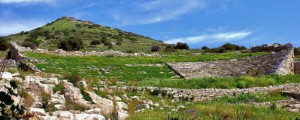 Dating from the mid-5th Century, the temple was used for meetings of the Demos’ authorities, and, like the small temple and room complex of Dionysus, it also served the theatre when it was in operation; It had a wooden scene, which, unlike later theatres, was never replaced with one made of stone. The area of the theatre was never intended solely for theatrical performances, but was also used for meetings of the citizens of Thoricus.
Dating from the mid-5th Century, the temple was used for meetings of the Demos’ authorities, and, like the small temple and room complex of Dionysus, it also served the theatre when it was in operation; It had a wooden scene, which, unlike later theatres, was never replaced with one made of stone. The area of the theatre was never intended solely for theatrical performances, but was also used for meetings of the citizens of Thoricus.
Source: www.athensattica.gr
Located at the end of Ermou street, the Kerameikos Archaeological site is one of the major archaeological sites in Athens. And though only a small portion of this ancient city quarter is open to the public, this site, home to the “Kerameis” (the potters) of antiquity, is a powerful and moving glimpse into the distant past. Also standing here are the ruins of the Dipylon Gate, the imposing double gates of the Themistocleian city wall, circa 478 B.C. Numerous tombs with “replicated anaglyphs” occupy the site as well, the original anaglyphs being safely preserved in the Kerameikos Museum, also located here.
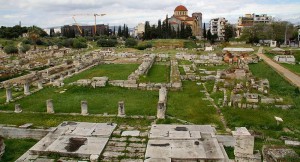 The notorious Demosion Sima, the public graveyard where ancient Athenians once buried their war heroes, is also part of this intriguing site. It is believed that Kerameikos took its name from one of two sources: the ancient Kerameis, potters whose workshops occupied the area, or from the name of the Greek hero, Keramos. The imposing gates were first brought down by Syllas during his conquest of Athens in 86 B.C., and the final destruction took place during the Herulian sack of Athens in 267 A.C. Thereafter, the area was used as a graveyard until the end of the Roman era in the 6th century.
The notorious Demosion Sima, the public graveyard where ancient Athenians once buried their war heroes, is also part of this intriguing site. It is believed that Kerameikos took its name from one of two sources: the ancient Kerameis, potters whose workshops occupied the area, or from the name of the Greek hero, Keramos. The imposing gates were first brought down by Syllas during his conquest of Athens in 86 B.C., and the final destruction took place during the Herulian sack of Athens in 267 A.C. Thereafter, the area was used as a graveyard until the end of the Roman era in the 6th century.
Source: www.athensattica.gr

